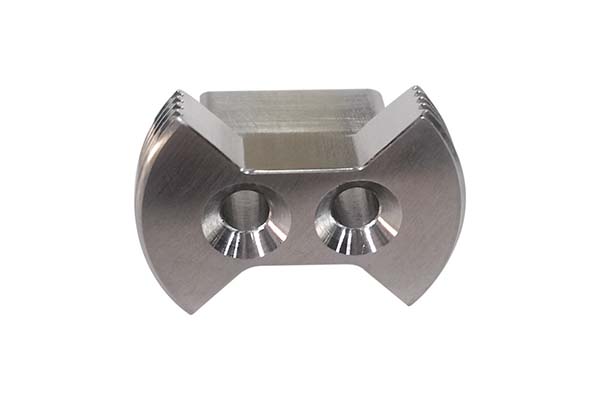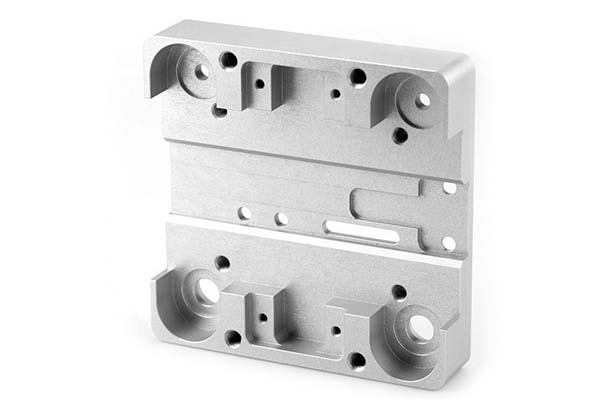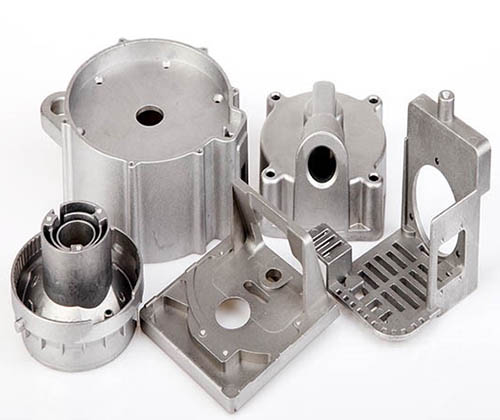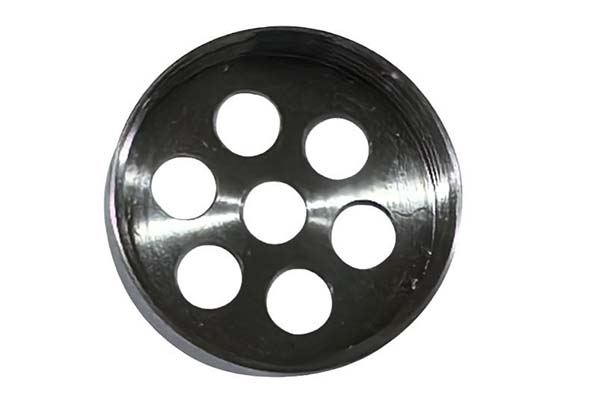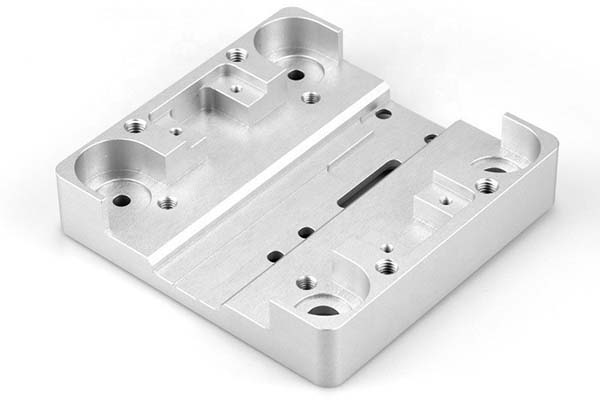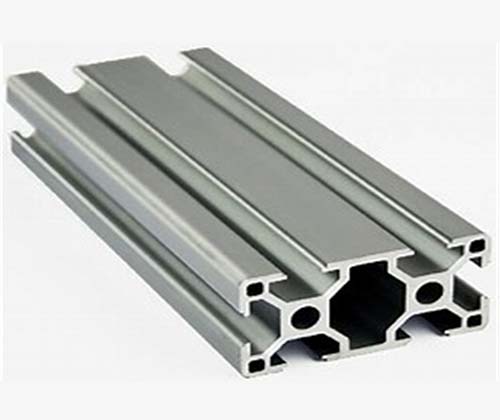You’ve chosen brass (Cu-Zn) for its unbeatable combination of electrical conductivity, corrosion resistance, and workability, expecting parts that excel in plumbing components and electrical connectors. But your production is hitting snags: the molten brass’s viscosity leaves thin sections of valves incomplete, creating leak points. Some castings have inconsistent electrical conductivity—failing to meet standards for power transmission parts—while others develop brittle spots that crack under pressure. Maybe the die wears out twice as fast as with aluminum, or the cycle time is longer than projected, cutting into production targets. Worse, your “high-purity” yellow brass parts dezincify in saltwater tests, undermining brass’s promise of durability in humid environments.
Brass (Cu-Zn) is a family of copper-zinc alloys prized for their balanced material properties—from the high conductivity of red brass (85% copper) to the strength of yellow brass (60-70% copper). Their unique alloying elements (copper and zinc) deliver a rare blend of electrical conductivity, corrosion resistance, and casting fluidity, making them ideal for everything from fittings to musical instruments. But unlocking their potential requires mastering the die casting process, from cold-chamber setups to post-treatment. In this guide, we’ll explore die casting brass (Cu-Zn), helping you leverage its unique strengths to create reliable, high-performance parts for diverse industries.
Material Properties: The Diverse Strengths of Brass (Cu-Zn) Alloys
Brass’s versatility stems from its varied material properties—tailored by copper-zinc ratios to meet specific application needs:
- Mechanical and conductive performance: Brass alloys offer a range of mechanical properties based on zinc content. Yellow brass (60-70% copper, 30-40% zinc) delivers a tensile strength of 300-500 MPa, yield strength of 150-300 MPa, and elongation of 10-40%—ideal for automotive parts and hardware components. Red brass (85% copper, 15% zinc) has lower strength (270-380 MPa tensile) but higher electrical conductivity (45-55% IACS), making it perfect for electrical connectors. Both types offer hardness of 50-100 HB, with higher zinc content increasing strength but reducing ductility. Their thermal conductivity (100-120 W/m·K) also makes them effective for heat sinks in lighting fixtures.
- Corrosion resistance and structure: Brass’s corrosion resistance varies by composition. Red brass (high copper) resists dezincification (zinc leaching) in saltwater, lasting 10-20 years in marine environments. Yellow brass performs well in freshwater, making it ideal for plumbing components, but can corrode in saltwater without protective coatings. Their grain structure, refined by rapid cooling in die casting, minimizes porosity when processed correctly—critical for pressure-tight valves. Brass has a density of 8.4-8.7 g/cm³ (heavier than aluminum but lighter than steel), providing stability in vibrating parts like electrical connectors.
- Casting fluidity and workability: Brass alloys have excellent casting fluidity—superior to most copper alloys—when heated to 900-1050°C. Yellow brass flows best due to its higher zinc content, filling thin walls (1-1.5 mm) and intricate details (like threads in fittings) reliably. Their malleability allows post-casting forming (bending, threading) without cracking, a boon for hardware components that need final shaping. However, high zinc content can reduce material purity, increasing brittleness—requiring strict control of alloy composition.
Die Casting Process: Optimizing for Brass (Cu-Zn) Alloys
Brass’s high melting point and zinc volatility demand specialized die casting process controls to ensure quality and efficiency:
- Cold-chamber essentials: Brass requires cold-chamber die casting due to its high melting point (900-1050°C). Key parameters include injection speed of 1-2 m/s and injection pressure of 100-140 MPa—higher than aluminum—to force the viscous melt into cavities. Dies are made from H13 tool steel with ceramic coatings or nickel-based alloys to withstand high temperatures, extending die life to 60,000-120,000 cycles (vs. 300,000+ for aluminum). Die lubrication uses high-temperature graphite or boron nitride to prevent sticking, applied sparingly to avoid contamination that reduces conductivity. For red brass (high copper), lower injection pressure (100-120 MPa) prevents excessive die wear.
- Die design and cooling: Brass’s high heat retention requires aggressive cooling rate control (60-100°C/s) via water-cooled channels to prevent die damage and ensure dimensional stability. Draft angles of 2-3° (larger than aluminum) ease ejection, reducing stress on solidified parts—critical for brittle yellow brass with high zinc content. Venting (0.2-0.3 mm gaps) is critical to release trapped gas, as porosity in plumbing components causes leaks. The gating system uses short, wide runners to minimize pressure drop, with parting lines positioned to avoid flash that would require grinding (which can introduce stress cracks in high-copper alloys).
- Post-casting steps: Brass requires minimal post-casting treatment to preserve properties. Shot blasting (80-100 grit) removes surface oxides without damaging the conductive matrix, while annealing (400-500°C for 1-2 hours) relieves internal stress, improving ductility in fittings. Quality control includes conductivity testing (eddy current probes) to verify 40-55% IACS for red brass and pressure testing (100-200 psi) for valves. For decorative items, polishing achieves a mirror finish, highlighting brass’s natural luster—though clear coatings may be added to prevent tarnishing.
Applications: Where Brass (Cu-Zn) Alloys Excel
Brass’s balanced properties make it indispensable in conductive, corrosive, and decorative applications:
- Plumbing and fluid systems: Plumbing components (valves, fittings, pipes) rely on yellow brass’s freshwater corrosion resistance and machinability—threads cut cleanly, ensuring leak-tight connections. It withstands 50+ years of freshwater exposure, outlasting steel in residential plumbing. Red brass is preferred for industrial piping due to its higher resistance to dezincification in harsh fluids.
- Electrical and thermal components: Electrical connectors, terminal blocks, and bus bars use red brass for its high electrical conductivity (45-55% IACS), reducing energy loss by 15-20% compared to aluminum. Heat sinks in power electronics leverage brass’s thermal conductivity (110-130 W/m·K) to dissipate heat, extending component life in medical devices and aerospace systems.
- Industrial and decorative items: Industrial equipment (gear sleeves, pump parts) uses yellow brass for its strength and wear resistance, withstanding heavy loads in machinery. Musical instruments (trumpets, saxophones) rely on brass’s acoustic properties—its grain structure produces rich, resonant tones. Decorative items (door handles, sculptures) and architectural elements use brass for its golden luster, which develops a patina over time, enhancing aesthetics without compromising durability.
Performance and Benefits: Why Brass (Cu-Zn) Stands Out
Brass (Cu-Zn) offers performance and benefits that make it irreplaceable in diverse applications:
- Tailored properties: By adjusting copper-zinc ratios, brass can be optimized for conductivity (red brass), strength (yellow brass), or corrosion resistance—eliminating the need for multiple alloys. This flexibility simplifies supply chains, allowing manufacturers to use one base material for varied parts.
- Cost efficiency: Brass’s excellent casting fluidity reduces scrap rates (5-8% vs. 10-15% for bronze), while its machinability cuts post-processing time. For high-volume production of fittings and electrical connectors, its fast cycle time (40-60 seconds per part) keeps per-unit costs low—offsetting higher raw material costs than aluminum.
- Durability and aesthetics: Brass’s resistance to corrosion in freshwater and air, combined with its ability to be polished or left to patina, makes it ideal for parts where appearance and longevity matter. Unlike steel, it doesn’t rust, reducing maintenance in outdoor architectural elements and marine applications.
Yigu Technology’s Perspective: Expertise in Brass (Cu-Zn) Die Casting
At Yigu Technology, we specialize in die casting brass (Cu-Zn) for clients needing conductive, corrosion-resistant parts. We optimize injection pressure (120-130 MPa) and cooling rate (70-90°C/s) to ensure complete fills, even in thin-walled fittings. Our die designs feature precision venting to minimize porosity, with post-annealing to relieve stress in high-zinc alloys. Whether you need plumbing components, electrical connectors, or decorative items, we leverage brass’s versatility to deliver parts that excel in both function and durability.
Frequently Asked Questions (FAQ)
- How can I prevent my brass castings from dezincifying?
Dezincification (zinc leaching) occurs in high-zinc brass exposed to saltwater. Use red brass (85% copper) for marine applications, as its low zinc content resists corrosion. For yellow brass, apply a chrome or nickel plating (5-10 μm thick) to block moisture. Ensure material purity—keep lead below 0.01% (unleaded brass) and add 0.02-0.05% arsenic to inhibit zinc leaching in critical parts like valves.
- Which brass type is best for electrical applications?
Red brass (85% copper) is ideal for electrical connectors due to its high electrical conductivity (45-55% IACS). It balances conductivity with sufficient strength (270-380 MPa tensile) for mechanical stability. Yellow brass (60-70% copper) has lower conductivity (25-35% IACS) but higher strength, making it better for electrical parts that also need to withstand mechanical stress (e.g., connector housings).
- Why are my brass castings porous?
Porosity stems from gas entrapment due to inadequate venting or high injection speed. Increase venting gaps to 0.25-0.3 mm in deep cavities and slow injection speed to 1-1.5 m/s to reduce turbulence. Degas the melt with nitrogen purging before casting to remove dissolved gases. For red brass, ensure die temperature is 250-300°C—too low causes rapid cooling, trapping gas in the dense alloy.
